One day there simply won’t be any strange byways of the English language left to write quirky little books about. Happily that day hasn’t arrived yet. Keith Houston’s Shady Characters (Particular Books, £16.99, Spectator Bookshop, £13.99, Tel: 08430 600033)) ventures into the previously untrodden territory of punctuation marks, and not the obvious ones either. Full stops and commas are as nothing to him. Semi-colons are scarcely worth his attention. No, he’s in pursuit of asterisks and daggers, hyphens and ampersands. Why is a hash sign (#) formally called an octothorpe? (No one is quite sure.) Why didn’t the interrobang (‽) take off? (It did, in the 1960s, but it crash-landed soon after.)
The pilcrow (¶) survives as a carriage-return marker in word-processing programs but was originally the sign for a new paragraph on medieval manuscripts. In fact, the indented space that now signifies a new paragraph was put in there for monks to draw in the pilcrow afterwards, only after a while they stopped bothering.
The hyphen, poor thing, is ‘an unstable mark of punctuation: like a radioactive isotope, over time, a hyphenated item will tend to shed its hyphen and fuse into a single word.’ The dash, too, is an endangered species — Houston identifies seven different types, all of which once had different uses and meanings.
His book manages to be scholarly, highly readable and, on some deeper level, slightly deranged. Did you know that the @ symbol is called a strudel in Hebrew, and a rollmop herring in Czech? Shady characters indeed.
Got something to add? Join the discussion and comment below.
Get 10 issues for just $10
Subscribe to The Spectator Australia today for the next 10 magazine issues, plus full online access, for just $10.

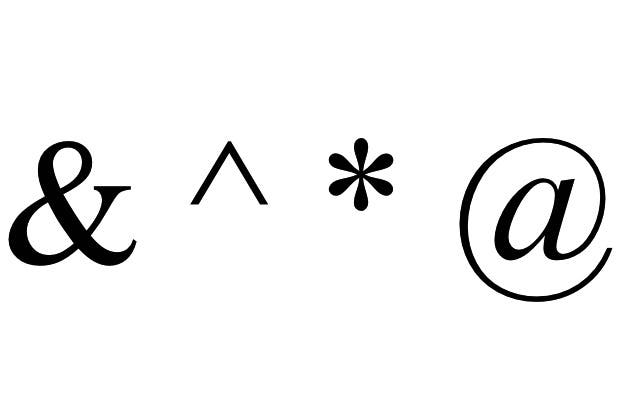
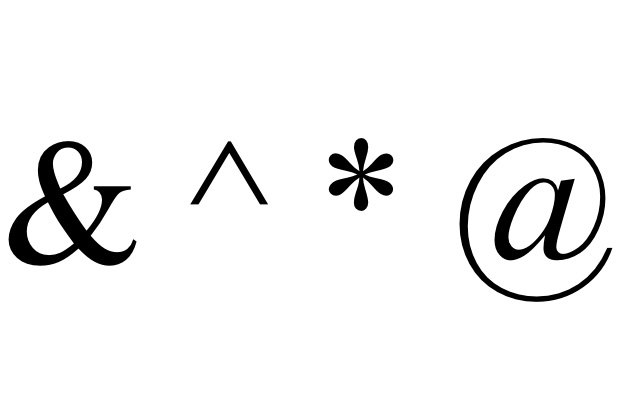
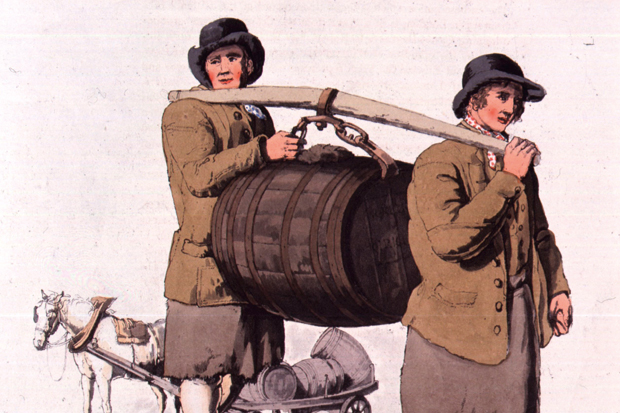
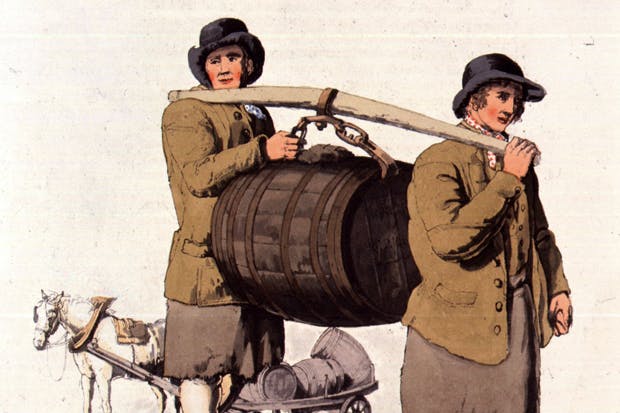
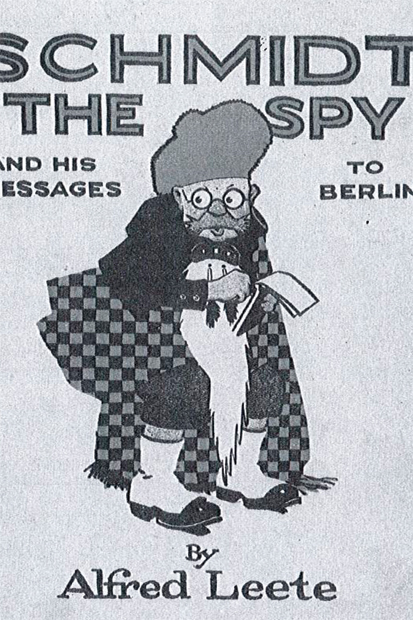
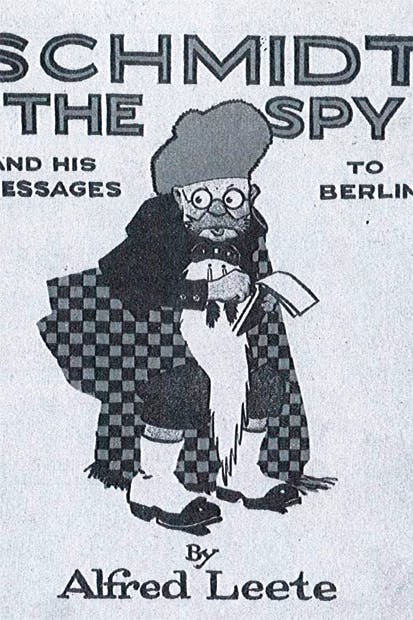







Comments
Don't miss out
Join the conversation with other Spectator Australia readers. Subscribe to leave a comment.
SUBSCRIBEAlready a subscriber? Log in